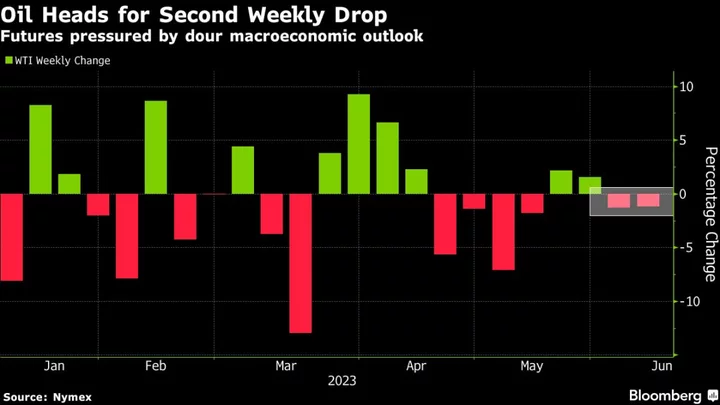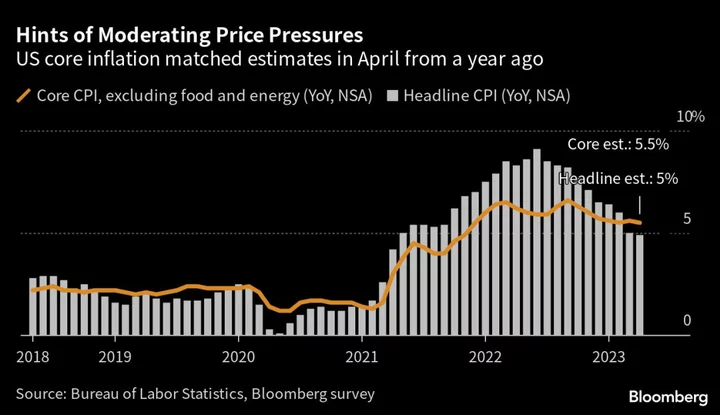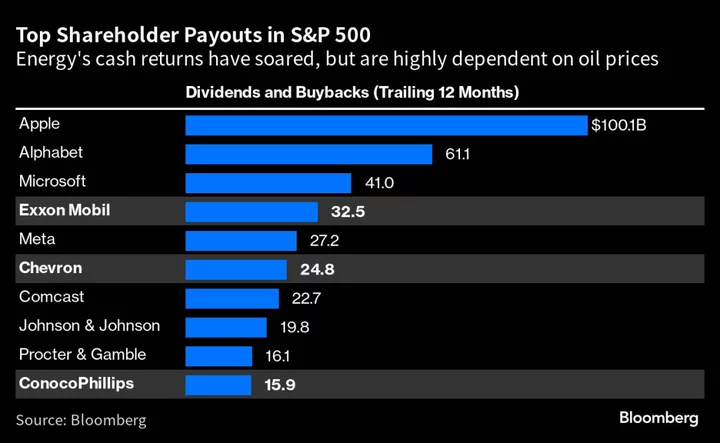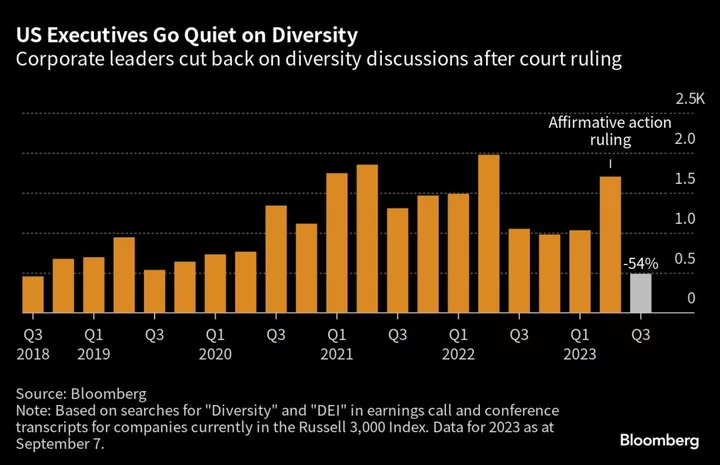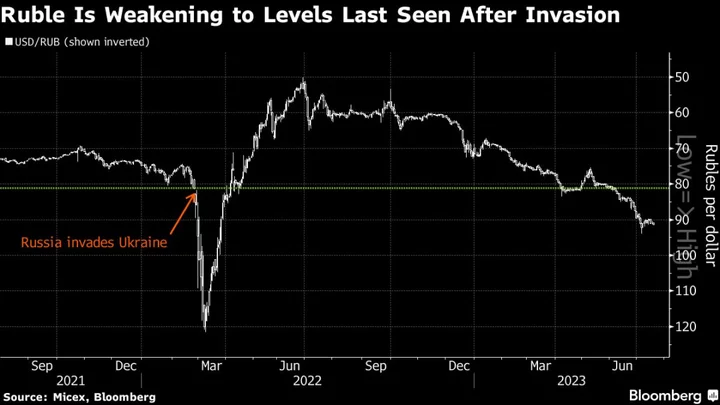Oil headed for a second weekly drop as demand concerns returned to the fore, snuffing out gains driven by Saudi Arabia’s unilateral pledge to cut production.
West Texas Intermediate fell to near $71 a barrel and is down about 1% this week. Optimism that Riyadh’s move to reduce output by at least 1 million barrels a day was fast replaced by a worsening outlook for consumption. Citigroup Inc. said the cuts won’t offset weak market fundamentals.
Reports in Middle Eastern media — including Israel’s Haaretz newspaper — that the US and Iran had made progress on nuclear talks that could lead to more supply from the Islamic Republic helped push crude down 1.7% on Thursday. However, US officials said reports of an interim deal are false.
The US oil benchmark has fallen around 15% from a peak in mid-April on signs that China’s recovery is stalling and the US will need to keep hiking interest rates to rein in inflation. Russia’s exports of crude have also been more resilient than anticipated, adding to supply.
“The fall in oil prices since the OPEC+ meeting likely reflects global growth fears and oil demand concerns,” said Vivek Dhar, director of mining and energy commodities research at Commonwealth Bank of Australia. Still, the Saudi cuts “are likely to tip oil markets into a shortfall later this year.”
To get Bloomberg’s Energy Daily newsletter direct into your inbox, click here.

